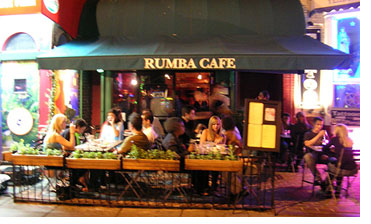Why great neighborhoods lose their character

You’ve all heard the story over and over again – creatives move into an undesirable neighborhood, it becomes cool, then they’re priced out of it as it becomes gentrified (before the chains move in.)
How does this happen? Let’s take business owner Linda Welch, who owns Dogs By Day in MidCity, Washington DC. Last year she paid $9000/year in property taxes. In the meantime, she’s volunteering 30/hours a week to revitalize MidCity as a diverse, creative 24-hour destination emphasizing independent retail entertainment (a cooltown if you will), and in the process, the neighborhood becomes more desirable. As a result, the government re-assesses her business property value, and her current property tax rises to $39,000/year (from $9000, this is not a typo.)
Uh, what’s wrong with this picture?
Which is why you need events like the MidCity business mixers (profiled yesterday), where merchants can meet informally face to face, in order to join forces as a community and propose a better way to assess property taxes, such as an appreciation cap where property taxes do not rise more than a certain percentage, close to the rate of inflation.
Why should merchants be penalized for revitalizing neighborhoods to the point they’re forced to move out? Sadly, some in MidCity are, as a result. The government is already reaping increases in sales tax revenue, that should be enough.
The businesses should also get together to establish a base percentage for an independent retail mix, before the chains begin taking over as well. Ann Arbor MI and Mill Valley CA have done a great job of preserving their local indie character, and prosper as a result.

excuseme, did you open a rumba cafe night club? where is it?